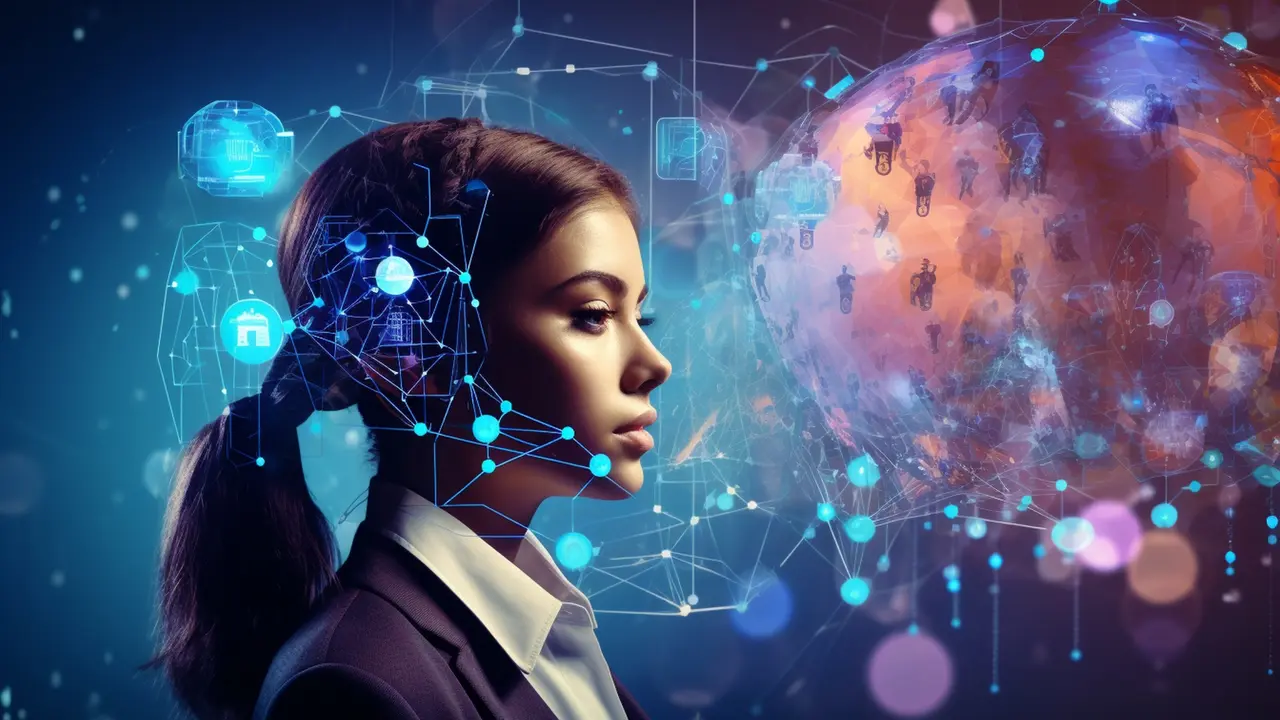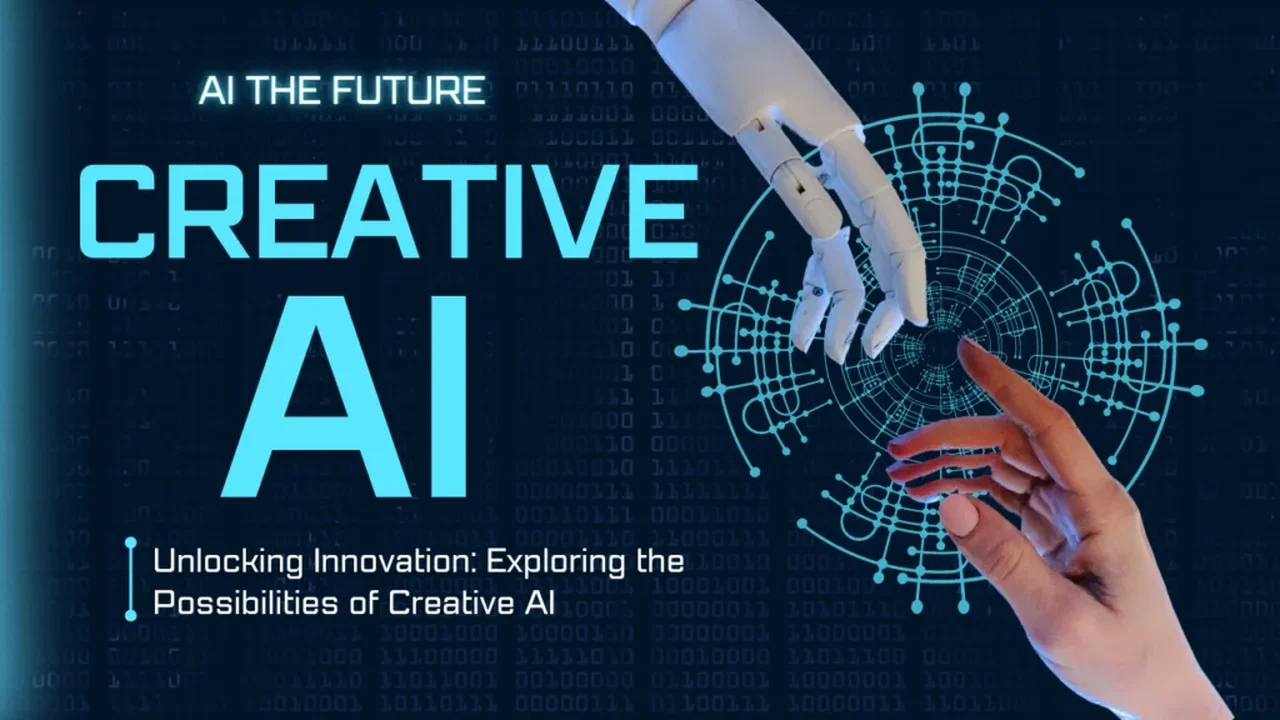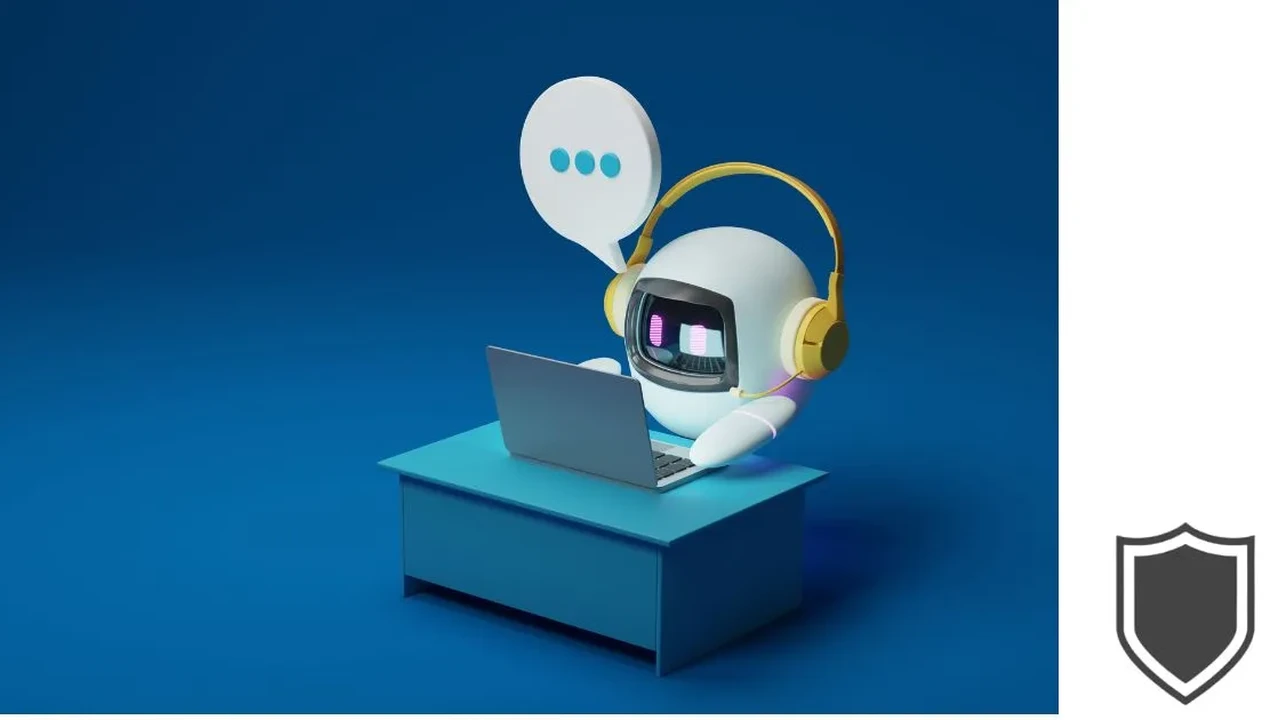AI and Misinformation Combating Deepfakes
Address the challenges posed by AI-generated misinformation and the fight against deepfakes.

AI and Misinformation Combating Deepfakes
Hey everyone, let's talk about something super important in our AI-powered world: misinformation and deepfakes. We're seeing AI do some incredible things, but with great power comes great responsibility, right? And unfortunately, that power can be misused to create incredibly convincing fake content. This isn't just about a funny video anymore; it's about potentially influencing elections, damaging reputations, and even inciting real-world harm. So, how do we tackle this growing challenge? Let's dive in.
Understanding AI Misinformation and Deepfakes Explained
First off, what exactly are we talking about? AI misinformation refers to false or inaccurate information generated or amplified by artificial intelligence. This can range from AI-written articles that sound legitimate but contain fabricated facts, to social media bots spreading propaganda. Deepfakes are a specific, and particularly insidious, type of AI-generated misinformation. They use deep learning techniques to create highly realistic, yet entirely fabricated, images, audio, or video. Imagine seeing a video of a politician saying something they never said, or hearing an audio clip of your boss giving instructions they never gave. That's the power of deepfakes, and it's getting harder and harder to tell what's real.
The technology behind deepfakes, primarily Generative Adversarial Networks (GANs), has advanced rapidly. GANs involve two neural networks, a generator and a discriminator, competing against each other. The generator creates fake content, and the discriminator tries to tell if it's real or fake. This constant back-and-forth makes the generator incredibly good at producing highly convincing fakes. And it's not just about swapping faces; it's about mimicking speech patterns, body language, and even emotional expressions. This makes them incredibly potent tools for spreading misinformation.
The Growing Threat of AI Generated Fake Content
The threat posed by AI-generated fake content is multifaceted and growing. On a societal level, it erodes trust in media, institutions, and even our own perceptions. If we can't trust what we see and hear, how do we make informed decisions? Politically, deepfakes can be used to spread disinformation during elections, manipulate public opinion, and destabilize governments. Economically, they can be used for financial fraud, stock market manipulation, or damaging corporate reputations. Personally, deepfakes can be used for harassment, blackmail, and revenge porn, with devastating consequences for individuals.
The accessibility of deepfake technology is also a major concern. While creating truly high-quality deepfakes still requires some technical know-how and computational power, user-friendly apps and software are making it easier for anyone to create basic fakes. This democratization of deepfake creation means the problem isn't confined to state-sponsored actors or highly skilled malicious groups; it's a potential threat from anyone with an internet connection.
Detecting Deepfakes and AI Misinformation Tools
So, how do we fight back? The good news is that just as AI is used to create deepfakes, it's also being used to detect them. Researchers and tech companies are developing sophisticated AI-powered tools to identify manipulated content. These tools often look for subtle inconsistencies that are imperceptible to the human eye or ear. Think about things like unnatural blinking patterns, inconsistent lighting, strange shadows, or audio artifacts that betray a synthetic origin. Here are a few types of tools and approaches being used:
Forensic Analysis Software for Deepfake Detection
These are specialized software solutions that analyze media files for signs of manipulation. They often employ machine learning models trained on vast datasets of real and fake content. They can look for pixel-level anomalies, inconsistencies in facial movements, or audio spectral analysis. Think of them as digital detectives for your media.
- Sensity AI: Sensity is a leading company in deepfake detection. Their platform uses advanced AI and computer vision to identify manipulated media across various platforms. They offer solutions for enterprises, social media platforms, and even law enforcement. Their technology focuses on identifying subtle artifacts left by deepfake generation processes. While they don't offer a direct consumer-facing product for individual use, their technology is often integrated into larger platforms. Pricing is typically enterprise-level, customized based on usage and integration needs.
- Deepfake Detection Challenge (DFDC) Tools: While not a single product, the DFDC, hosted by Facebook (now Meta) and others, spurred the development of numerous open-source and research-oriented deepfake detection models. Many of these models are available on platforms like GitHub and can be adapted by developers. These are often free to use for research or personal projects, but require technical expertise to implement.
- Truepic: Truepic focuses on authenticating media at the point of capture. Instead of detecting fakes after they're made, Truepic's technology embeds cryptographic signatures into images and videos as they are taken, ensuring their authenticity from the source. This is more about prevention than detection. Their solutions are primarily for businesses and organizations that need verifiable media, such as insurance companies or news agencies. Pricing is B2B and varies based on volume and integration.
Watermarking and Provenance Tracking for Media Authenticity
Another approach is to embed digital watermarks or use blockchain technology to track the origin and modifications of media. This creates a verifiable chain of custody, making it harder for manipulated content to go unnoticed. Imagine a digital fingerprint on every piece of content, telling you exactly where it came from and if it's been altered.
- Content Authenticity Initiative (CAI): Led by Adobe, Twitter (now X), and The New York Times, CAI is developing an open standard for content provenance. This initiative aims to attach secure metadata to digital content, showing who created it and what edits have been made. While not a direct product you buy, tools like Adobe Photoshop and Lightroom are starting to integrate CAI features. This is a free, open standard that software developers can adopt.
- Project Starling (Google): Google has been exploring similar concepts, including embedding imperceptible watermarks into AI-generated content to identify its synthetic origin. This is still largely in the research phase but shows promise for future detection methods.
AI Powered Fact-Checking Platforms
Beyond deepfakes, AI is also assisting human fact-checkers in identifying broader misinformation. These platforms can quickly analyze vast amounts of text, identify dubious claims, and cross-reference them with reliable sources. They act as a first line of defense against the sheer volume of false information online.
- NewsGuard: NewsGuard uses human journalists and AI to rate the credibility of news and information websites. While not specifically for deepfakes, it helps users identify reliable sources and avoid misinformation. They offer browser extensions and licensing for platforms. A basic browser extension is often free, with premium features or enterprise solutions having a subscription cost.
- Full Fact (UK): A leading independent fact-checking charity that uses a combination of human expertise and automated tools to identify and debunk false claims, particularly in political discourse. Their tools are often open-source or integrated into their own operations, not directly sold as a product.
Challenges in Combating AI Misinformation and Deepfakes
Despite these advancements, combating AI misinformation and deepfakes is an ongoing arms race. Here are some of the major challenges:
The Evolving Nature of Deepfake Technology
As detection methods improve, so do the methods for creating deepfakes. It's a constant cat-and-mouse game. New AI models are always being developed that can produce even more realistic fakes, making detection harder. This means detection tools need to be constantly updated and refined.
Scalability and Volume of Fake Content
The sheer volume of content being uploaded online every second makes it incredibly difficult to manually review everything. AI detection tools are essential for scaling this effort, but even they can be overwhelmed by the deluge of new content.
The Speed of Disinformation Spread
Misinformation, especially sensational deepfakes, can go viral in minutes, reaching millions before fact-checkers or detection tools can even react. The speed at which false narratives spread online is a significant hurdle.
The Human Element and Cognitive Biases
Even with perfect detection, human psychology plays a role. People are often more likely to believe information that confirms their existing biases, making them susceptible to misinformation, regardless of its authenticity. Education and critical thinking skills are crucial here.
Legal and Regulatory Frameworks for AI Generated Content
The legal landscape around deepfakes and AI misinformation is still developing. Who is responsible when a deepfake causes harm? How do we balance free speech with the need to combat harmful disinformation? These are complex questions that governments worldwide are grappling with.
Strategies for a Safer Digital Future Against AI Fakes
So, what can we do as individuals and as a society to build a safer digital future? It's going to take a multi-pronged approach:
Promoting Media Literacy and Critical Thinking Skills
This is perhaps the most important long-term solution. Educating people, especially younger generations, on how to critically evaluate online content, identify red flags, and understand the potential for manipulation is key. If something seems too good to be true, or too outrageous, it probably is. Always question the source.
Investing in Advanced AI Detection and Authentication Technologies
Continued research and development in AI detection tools are crucial. We need more robust, real-time detection capabilities that can keep pace with the evolving threat. Furthermore, widespread adoption of content authentication standards, like those from the CAI, will help establish trust in digital media.
Collaboration Between Tech Companies Governments and Academia
No single entity can solve this problem alone. Tech companies need to implement stronger policies and invest in detection. Governments need to develop clear, enforceable regulations. Academia needs to continue researching the underlying technologies and their societal impacts. It's a team effort.
Developing Ethical Guidelines for AI Development
AI developers and researchers have a responsibility to consider the ethical implications of their work. Building AI with built-in safeguards against misuse, and prioritizing transparency and explainability, can help mitigate risks.
Supporting Independent Fact-Checking Organizations
These organizations play a vital role in debunking misinformation. Supporting them financially and amplifying their work helps ensure that accurate information can compete with false narratives.
The Road Ahead for AI and Information Integrity
The fight against AI misinformation and deepfakes is a marathon, not a sprint. It's a complex challenge that requires continuous innovation, education, and collaboration. As AI technology continues to advance, so too will the methods for both creating and combating fake content. Our goal isn't to stop AI innovation, but to ensure it's used responsibly and ethically. By staying informed, being critical consumers of information, and supporting the development of robust countermeasures, we can all contribute to a more trustworthy digital environment. It's about protecting our shared reality in an increasingly synthetic world. Let's keep learning and adapting together!
:max_bytes(150000):strip_icc()/277019-baked-pork-chops-with-cream-of-mushroom-soup-DDMFS-beauty-4x3-BG-7505-5762b731cf30447d9cbbbbbf387beafa.jpg)






